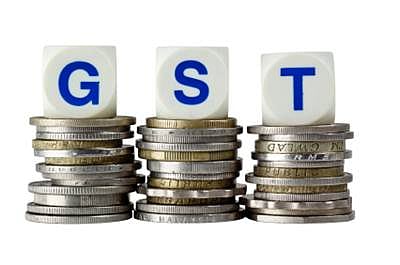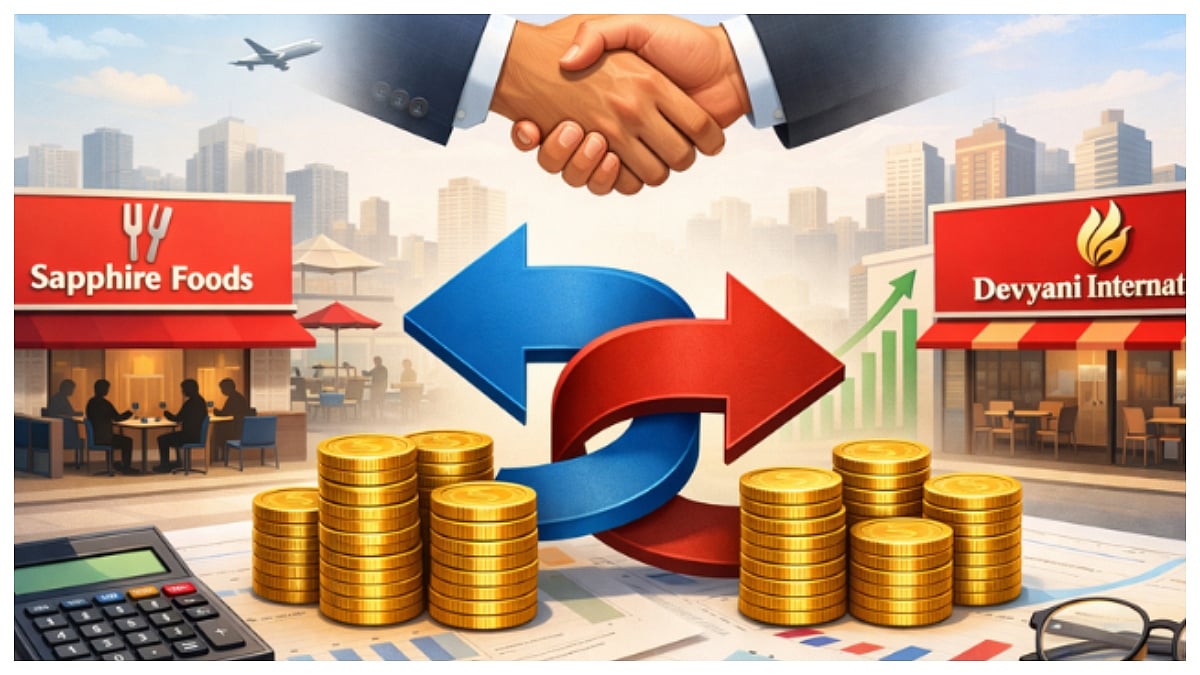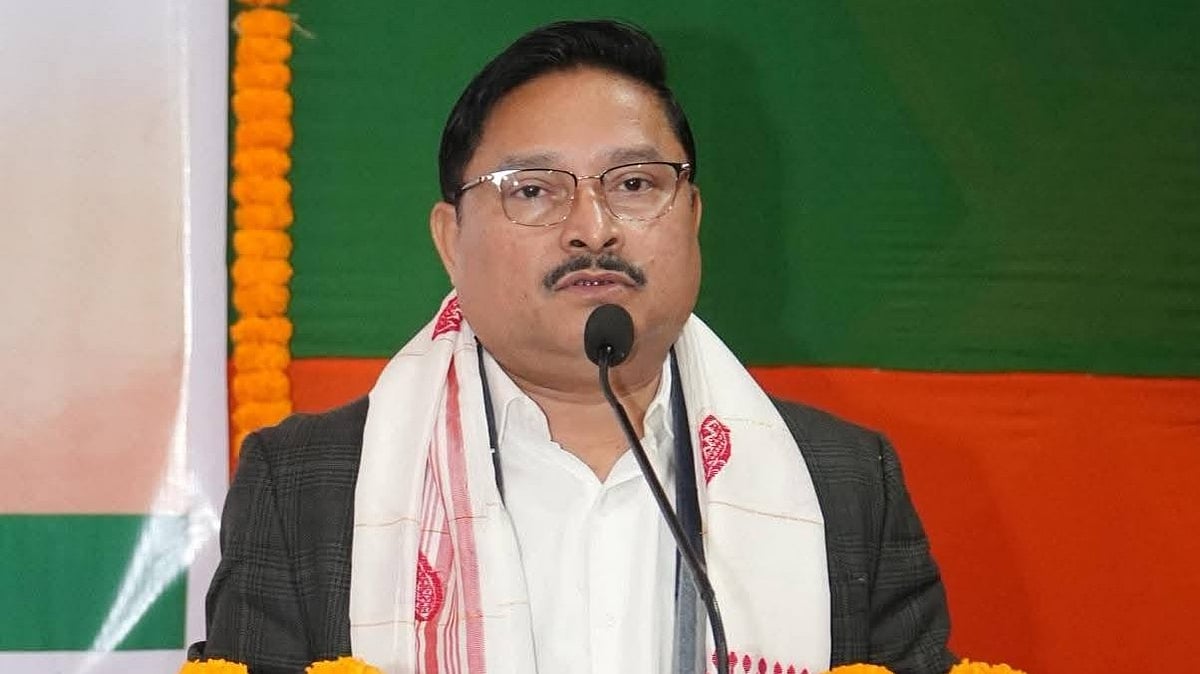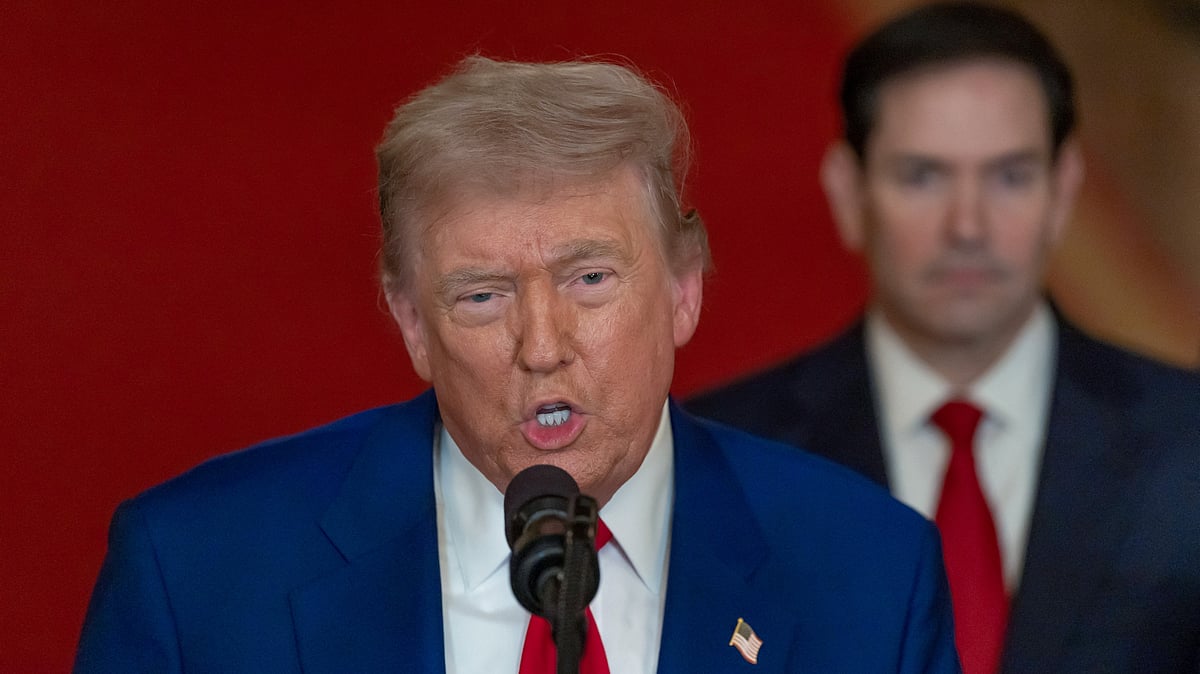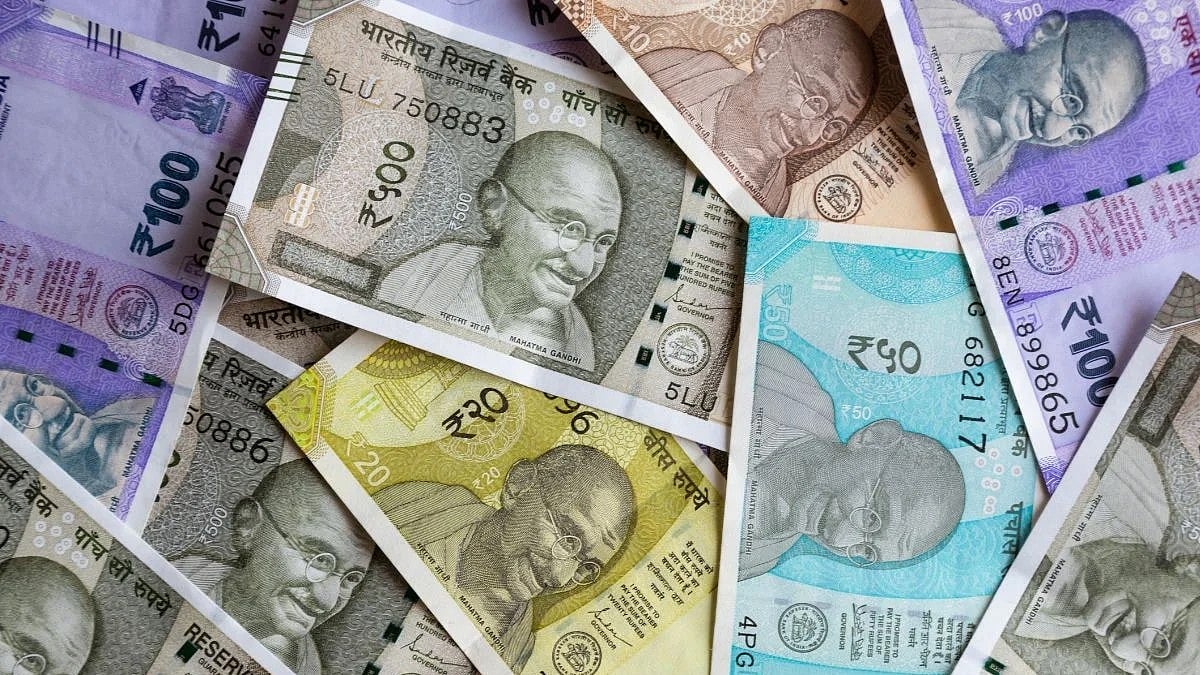New Delhi: After the passage of the constitutional reform bill, which seeks to introduce a uniform Goods and Services Tax, union Finance Minister Arun Jaitley has to hunt for an optimum rate before the two enabling bills – the Central GST and Inter-state GST — are placed before Parliament for approval in the next winter session.
At a media interaction, Jaitley said: “I think what you need is an optimum rate … Currently what the tax payers are paying is phenomenally much higher … Now it will gradually slide down. But even in the first instance it will come down.”
He said that a balance would have to be struck by the GST Council between the states’ need for funds for developmental activities and the need to ensure that the incidence of tax on common man comes down.
“On almost 60-70 per cent of commodities on a weighted average you are paying 27 per cent plus a large number of small taxes. Some of the states have 30-32 per cent tax rate. The guiding principle laid by the Empowered Committee (of state finance ministers) is this rate has to come down,” he added.
Data suggests almost 65 percent of the goods carry a total tax of 27 percent along with some cesses. The chief economic adviser Arvind Subramanian has suggested a standard rate within a band of 16.9 to 18.9 and this can average out to 18 percent. But the state finance ministers have been reportedly in favour of a standard rate between 22-24 percent. Going ahead, it is likely that the tax rate will be “optimum,” even as there were indications that it may be higher than 18 per cent.
The government has targeted April 01, 2017 as the roll out date, but Jaitley would not commit to it. “We are going to try to make it reasonably as quick as possible … it is always good to set stiff targets and try meet them, rather than have no targets at all,” he said.
Commenting on the impact of GST rollout on inflation, Jaitley said over the years the tax rates will come down and hence the prices of many commodities will also decline. “Over the long-term, tax rates will come down, and if tax rates come down then it is natural that many commodities will see lowering of prices. In the coming days, we will try that sooner we complete the roadmap and implement it the better,” he added.
But revenue secretary Hasmukh Adhia also cautioned the media against projecting the reduction in prices of cars and other commodities on the basis of the calculations that the GST rate would be 18 percent, and that this would lead to big fall in consumer prices of these products.
Now the next step is that the bill passed by the Rajya Sabha would go back to the Lok Sabha, and then would need ratification by 29 states and two union territories. The government expects that this would happen within 30 days with the state assemblies either currently holding their monsoon session or willing to convene a special session. After this, the presidential notification would be issued and the GST council, which is the all-important decision making body, would be constituted.
At the media interaction, Adhia also listed seven challenges, which needed to be dealt with for smooth implementation of the Goods and Services Tax (GST). These are: calculation of revenue base of Centre and states and compensation requirements, structure of GST rates, list of exemptions, forming of consensus on Model GST Bill, threshold limits, compounding limits and cross empowerment to mitigate ill-effects of dual control.
